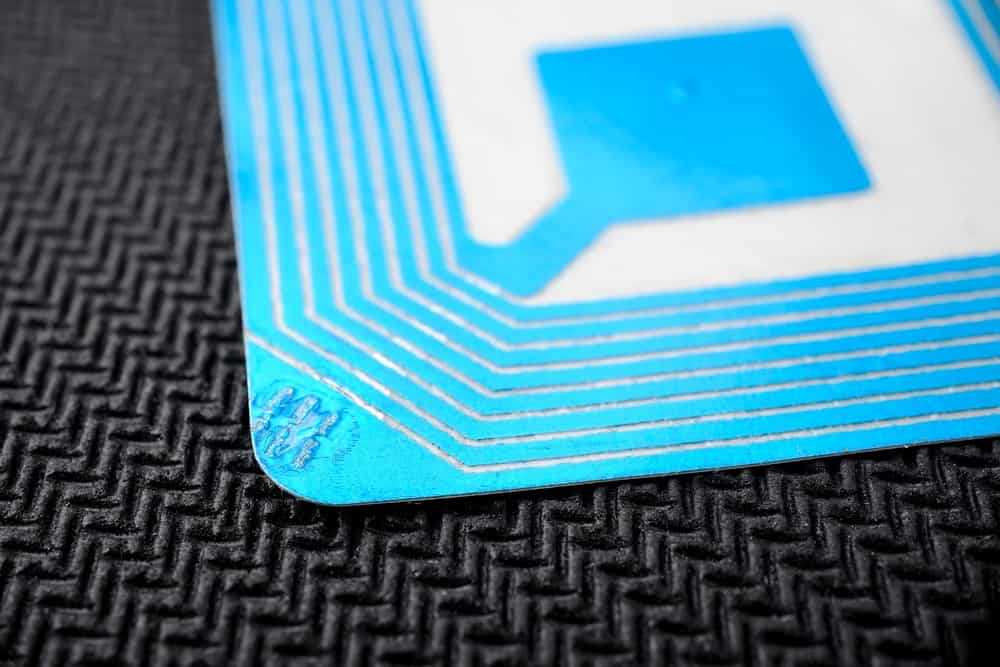RFID chips are already used in transportation, logistics, warehouses, retail, livestock, passports, access controls and payments. They are a crucial component in supply chain management and automation because they help to track each element. Now in a post-COVID world, humans might be required to have an RFID chip under their skin, too. Because it can be scanned within a field range between 12 meters to 100 meters, it will make it possible to use touchless payments, entries and detections.
With the talk of regulation for an entirely cashless transaction system and a digital wallet for every citizen, microchipping will make it easier for people to shop, enter, and exit without the need of additional devices. Also, combining RFID technology with cloud computing and blockchain technology will be a step towards connecting humans directly with electronics systems as each individual’s data will always be uploaded to the cloud and recorded in ledgers.
Some might argue that mobile phones, social applications and surveillance systems are already collecting vast amounts of data on every individual with the help of AI technology. There’s already solid knowledge on each person’s character and decision making, but microchipping will make these pieces of information much more certain.
To help society accept using this technology, the argument will likely be to prevent or detect another possible pandemic before it spreads further and to find out where exactly it started. If these chips are improved further to detect the human body’s physical condition, then the food and health supply chain will have way more specific information on demand, being able to monitor on the health and appetite of each individual, too.
On the other hand, microchipping technology might be seen as violation of human rights and privacy, but these concerns would probably be disregarded because of a higher goal to protect the public.




